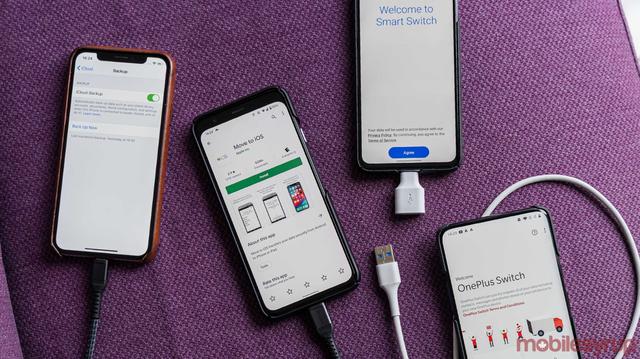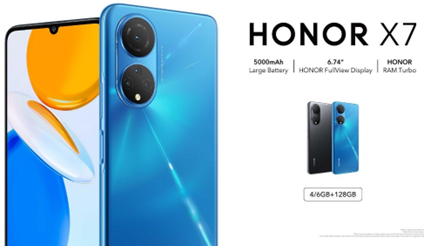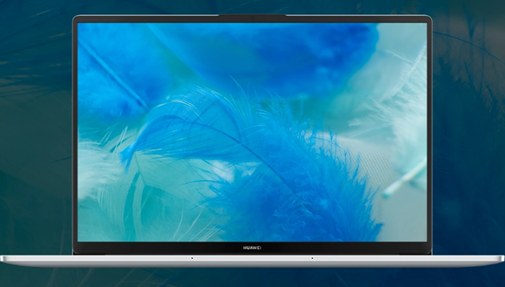How to move your data to a new Android phone or iPhone
As the smartphone market gets saturated, phone makers are ramping up their efforts to lure away each other’s customers. But when you come home from the store (or sign for that package), you’ll have to move your life from your old device to the new one. It’s not hard, if you pay attention. Here’s how.
We’ll be presenting four possible flows: Android to Android, Android to iPhone, iPhone to Android, and iPhone to iPhone. But because there’s really no such thing as pure Android, it’s possible that your Android smartphone maker — especially if it’s one of the bigger ones like Samsung, OnePlus, or Google — will have some proprietary means of moving your data.
Before we begin, the usual warnings apply. In all cases, be connected to (or know the SSID and password for) your local Wi-Fi. Make a fresh backup of your old phone’s data. Depending on which kind of migration you’re doing, know your Google or iCloud ID and password. Make sure that you’ve updated your old phone’s operating system as much as you can before you start (although if you’re moving from Android to an iPhone, stay away from Android Pie — see “iPhone 8.x to Android,” below). Finally, realize that the screens you see here may differ a little from what’s on your phone.

Android to Android
It shouldn’t be a surprise that anything having to do with Android is going to lean heavily on Google.
iPhone to Android
Basically, moving from an iPhone to an Android phone entails backing everything up to Google Drive and downloading it to the new phone.
Android 8.x to iPhone
If you’re going to move from a newish Android phone to an iPhone, there is a serious wrinkle. Apple’s Android migration tool, Move to iOS, does not (at this writing) appear to work with phones running Android 9 Pie (the latest version of Android). We couldn’t get it to connect with iOS phones in our tests, and our experience seems to be echoed in support forums online. Previous versions — Android Oreo (8.x) — do work.
Given that Android Pie is quite new and migration tools are generally for older phones, this may not be a limiting factor for you. But you should certainly know before you start. There do appear to be third-party workarounds that use your PC as an intermediary (AnyTrans appears to be a favorite), but we did not test them. Another possibility, if you have an older Android phone handy, is to move your data to that phone according to the instructions above, then migrate to the new iPhone, as follows:
iPhone to iPhone
This is pretty simple, which you’d expect.
Vox Media has affiliate partnerships. These do not influence editorial content, though Vox Media may earn commissions for products purchased via affiliate links. For more information, seeour ethics policy.








